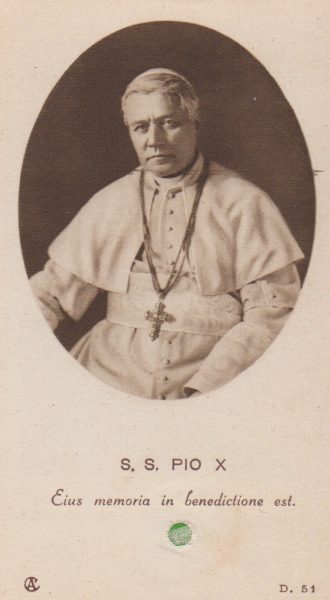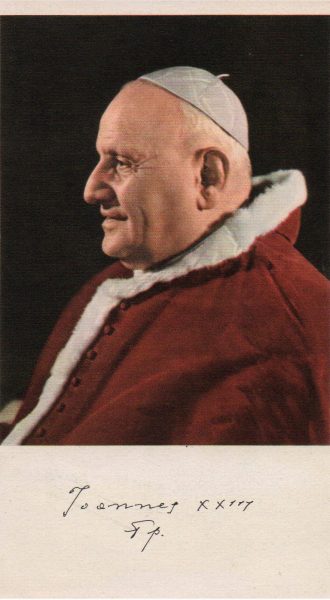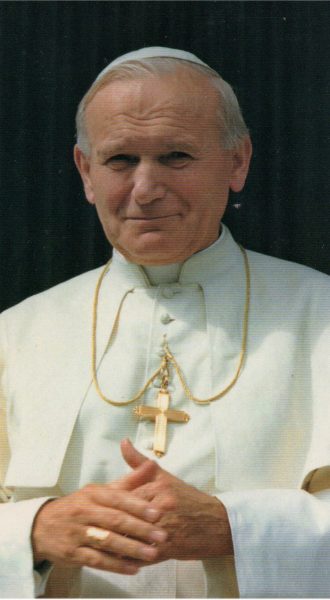St Joseph and the Papacy
Among the many curiosities of modern history has been the prominence of the name ‘Joseph’ among those men who would become the Pope. St. Pius X (Giuseppe Melchiorre Sarto), St. John XXIII (Angelo Giuseppe Roncalli), St. John Paul II (Karol Józef Wojtyla), and Benedict XVI (Joseph Ratzinger) are but a few examples of recent popes who have had a connection to St. Joseph from birth—yet his relationship to the papacy in recent centuries has extended far beyond the baptismal names of its incumbents. Beginning with Bl. Pope Pius IX who, in his decree, Quemadmodum Deus (1870), declared St. Joseph ‘Patron of the Universal Church’, the pontiffs we have seen since have each sought to increase devotion to the saint among the faithful by their teachings, proclamations and reforms.
Examples include Pope Leo XIII’s publication of the encyclical letter, Quamquam Pluries (1889), ‘On Devotion to St. Joseph’; Pope Pius X’s composition of the Litany of St. Joseph (1909) in praise of his defining virtues; Pope Pius XII’s institution of the feast of St. Joseph the Worker (1955) as a countermeasure to communist expansionism; Pope John XXIII’s insertion of the name of St. Joseph into the Canon of the Mass (1962); Pope John Paul II’s reflection upon ‘the Person and Mission of St. Joseph in the Life of Christ and of the Church’ in Redemptoris Custos (1989); and the proclamation of the present ‘Year of St. Joseph’ (2020) by Pope Francis—whose pontificate had been officially inaugurated on the saint’s feast day, seven years prior.






